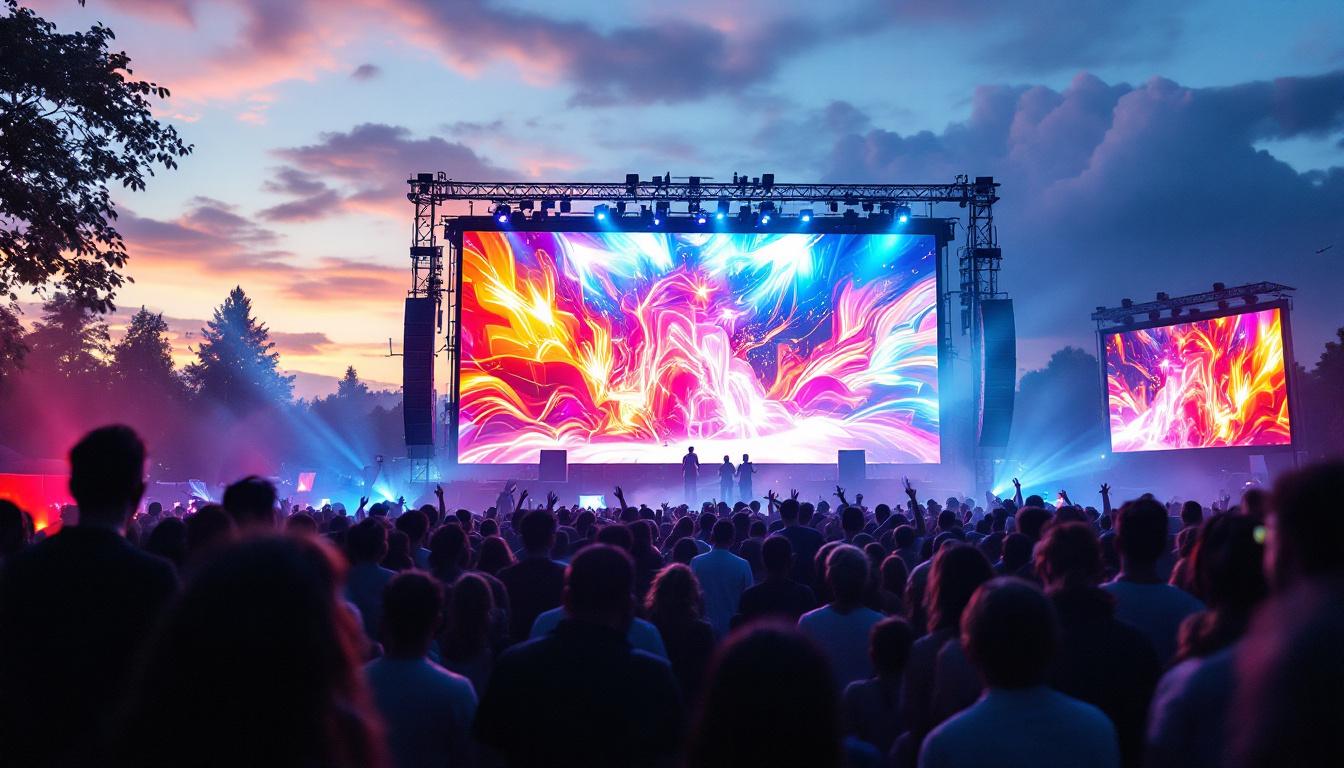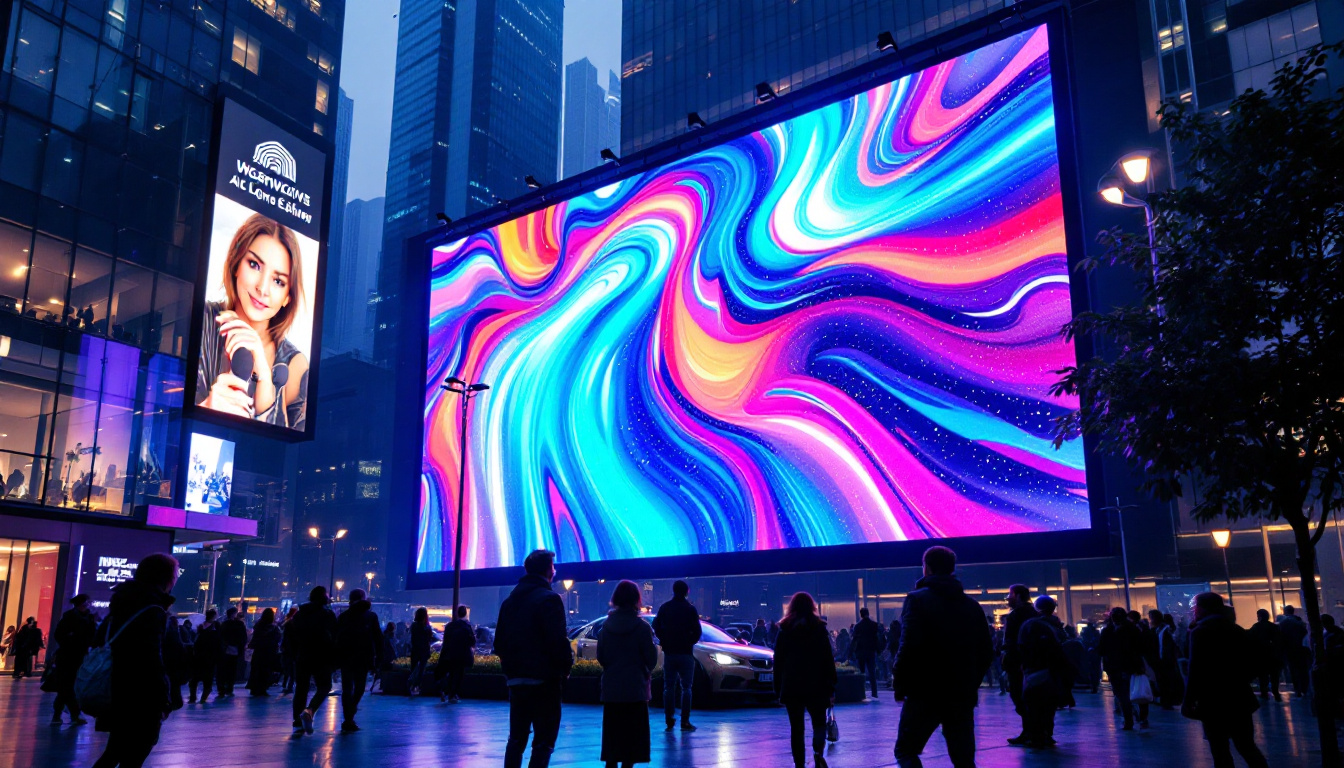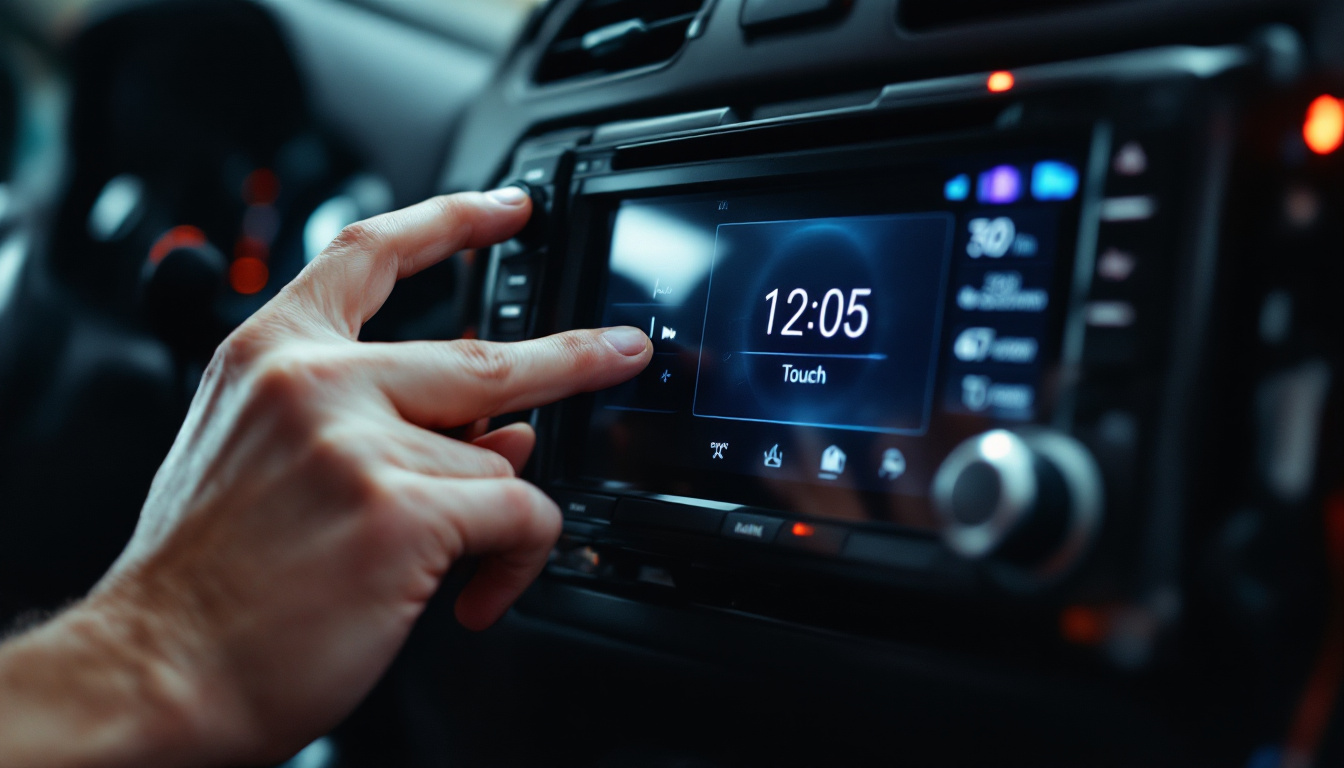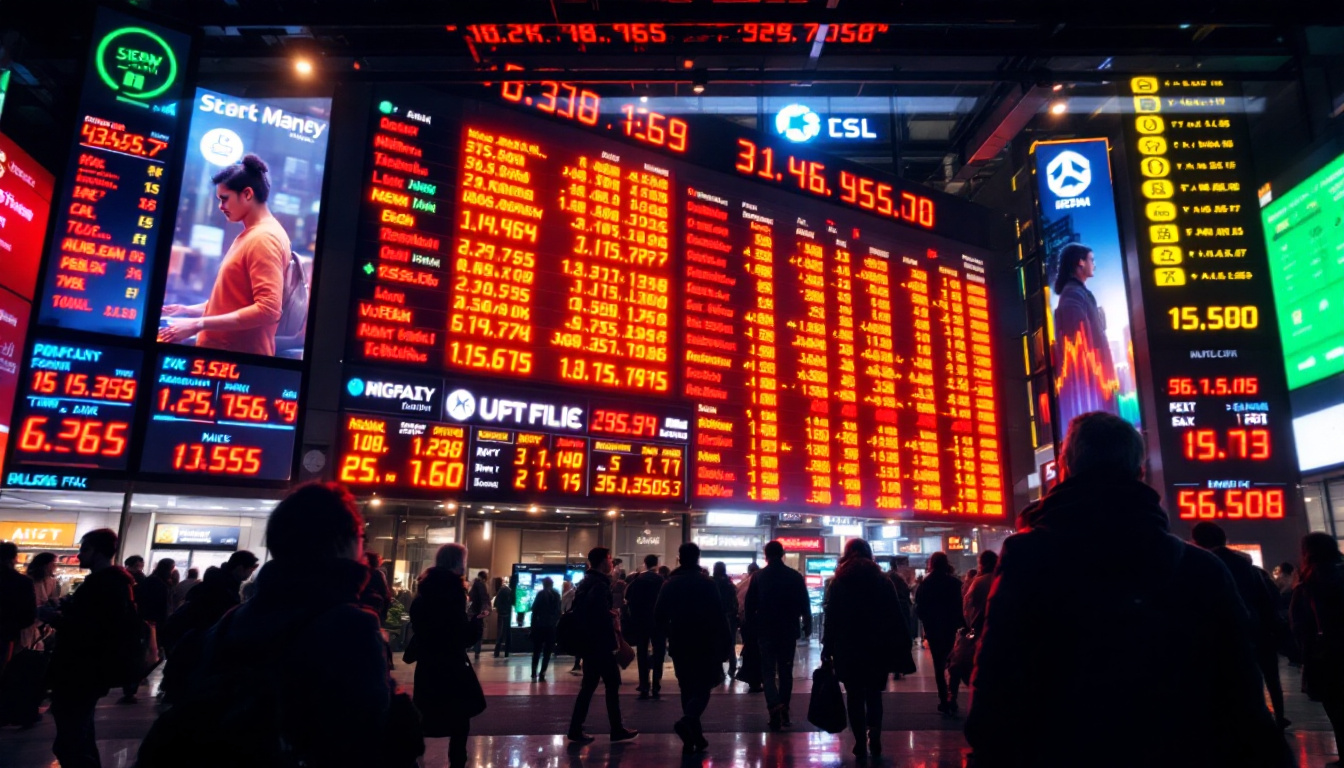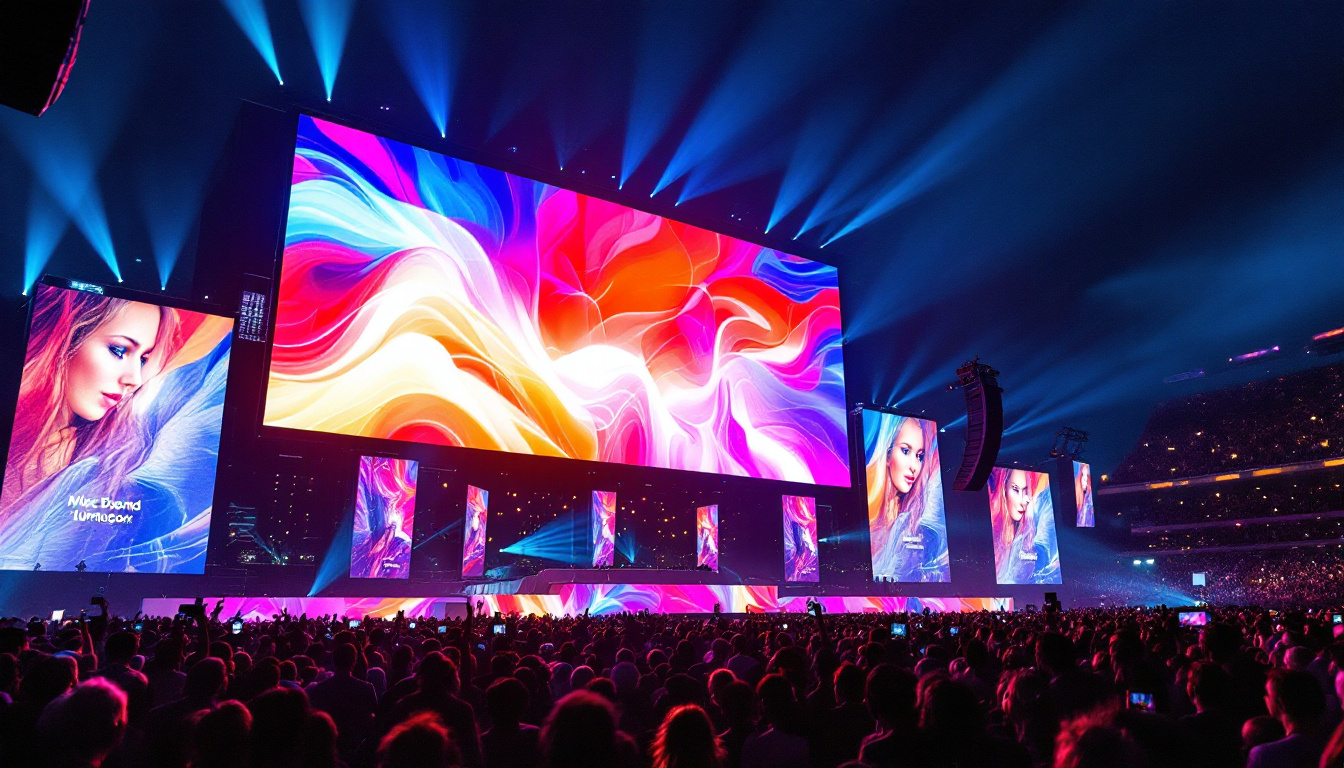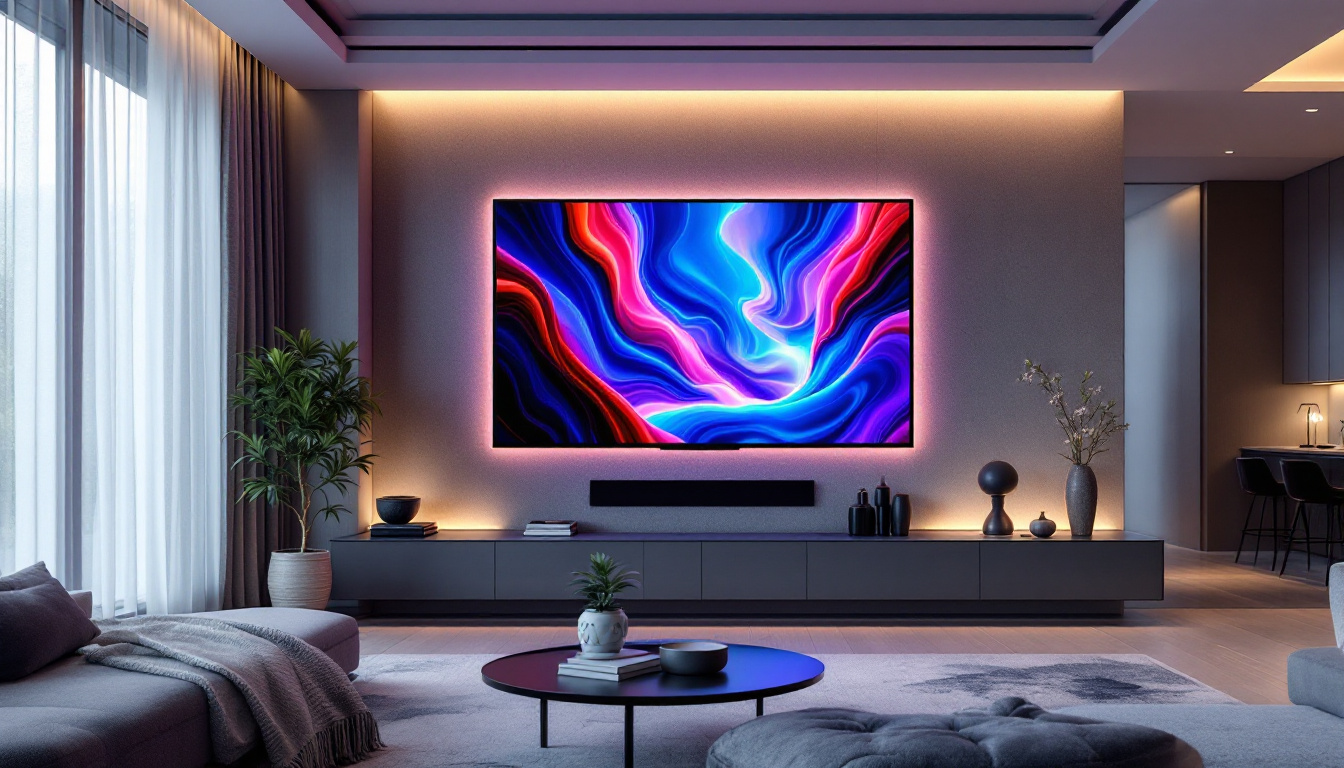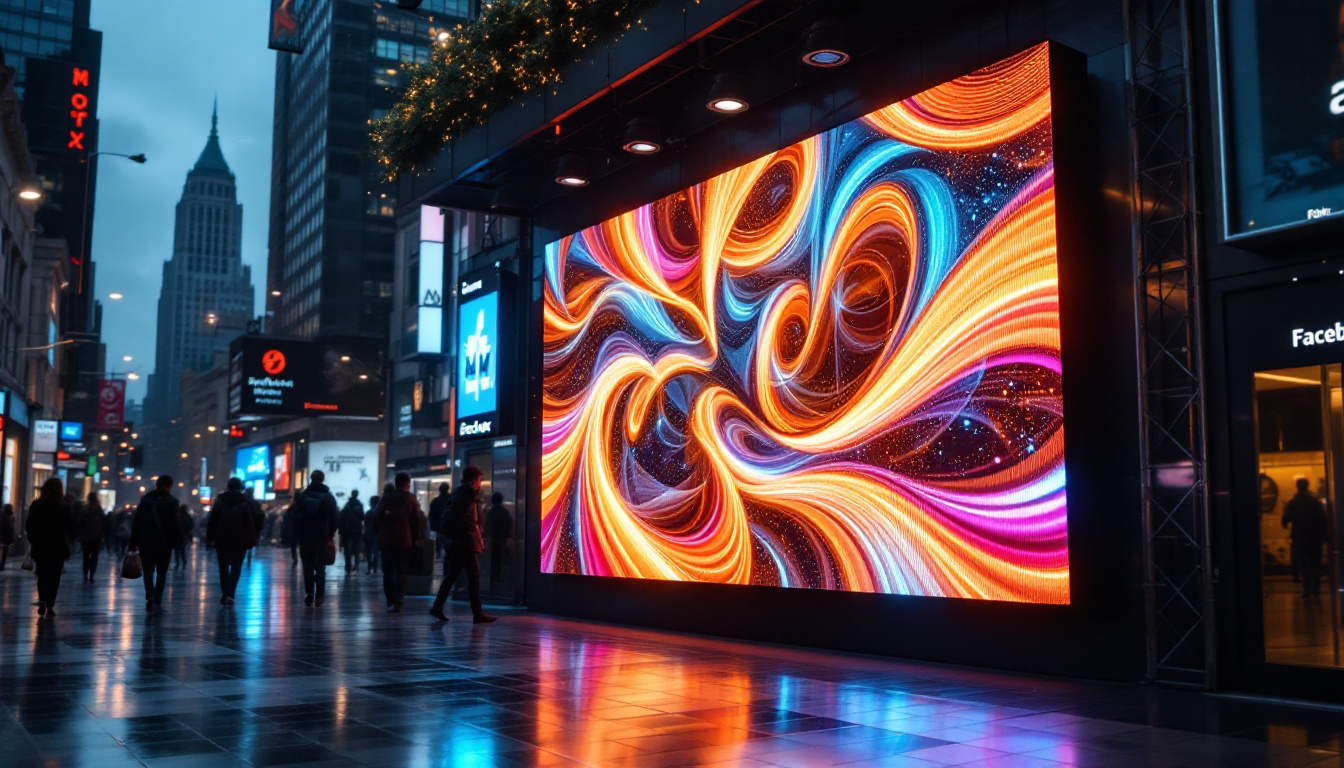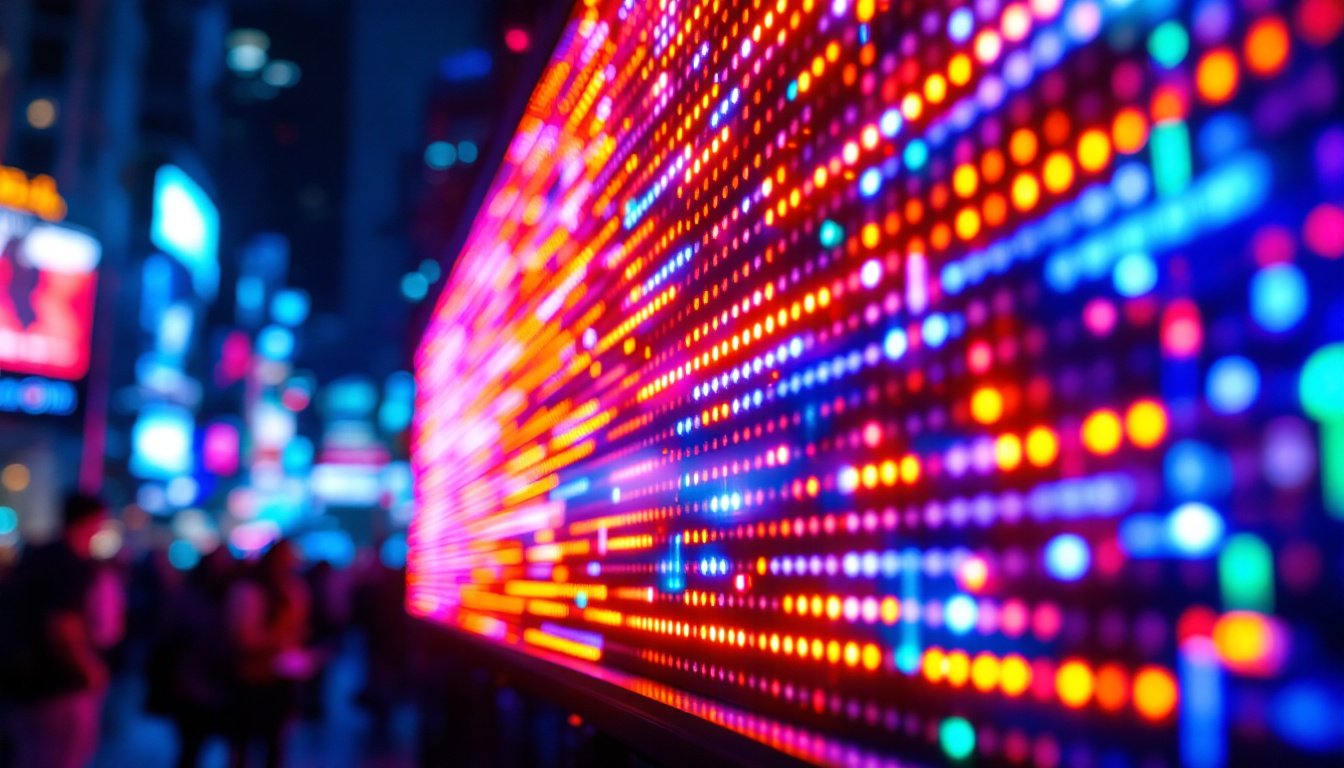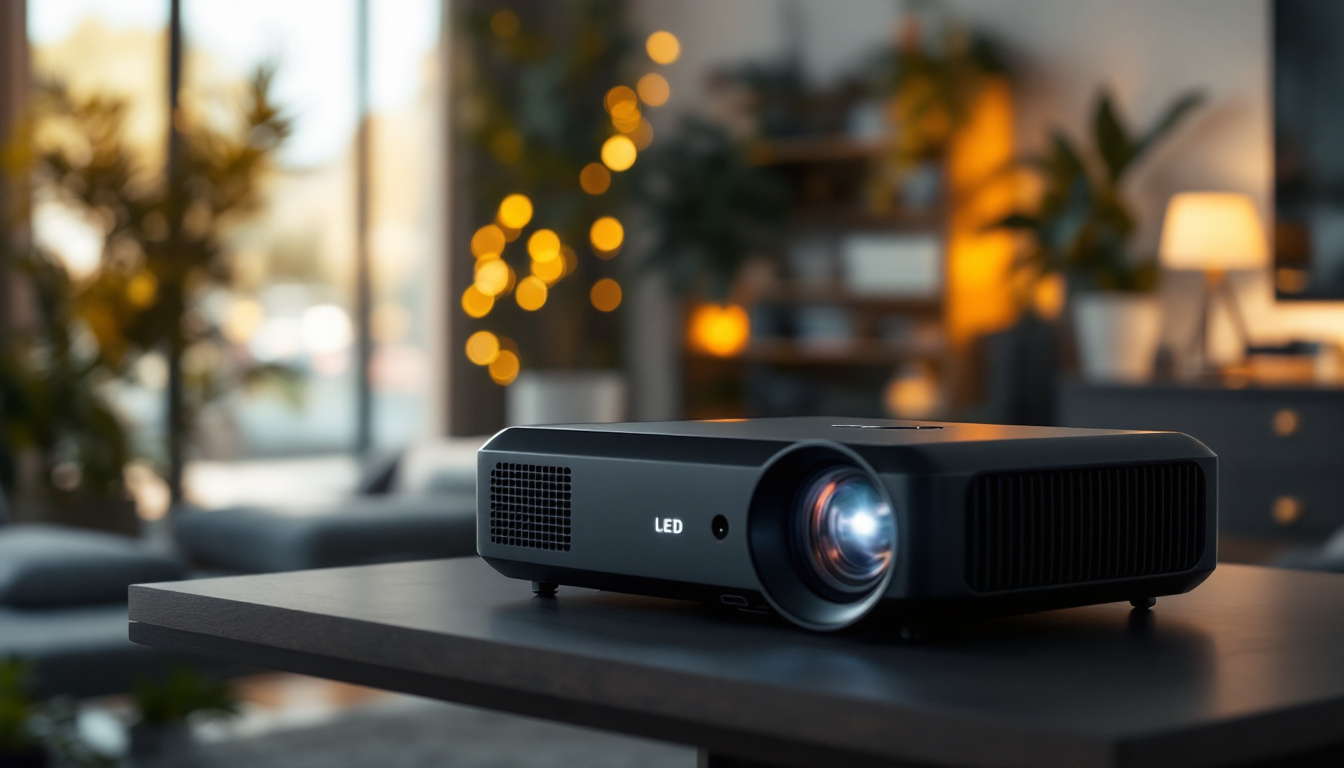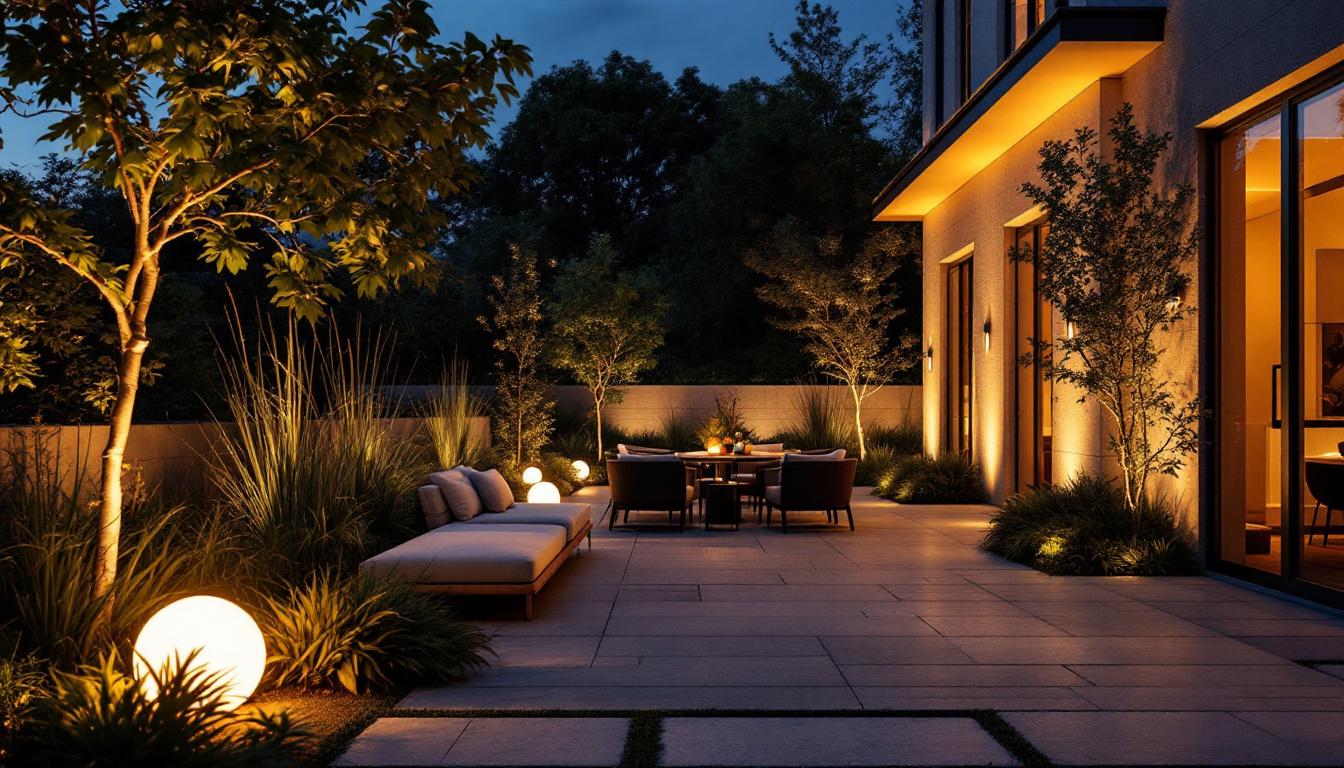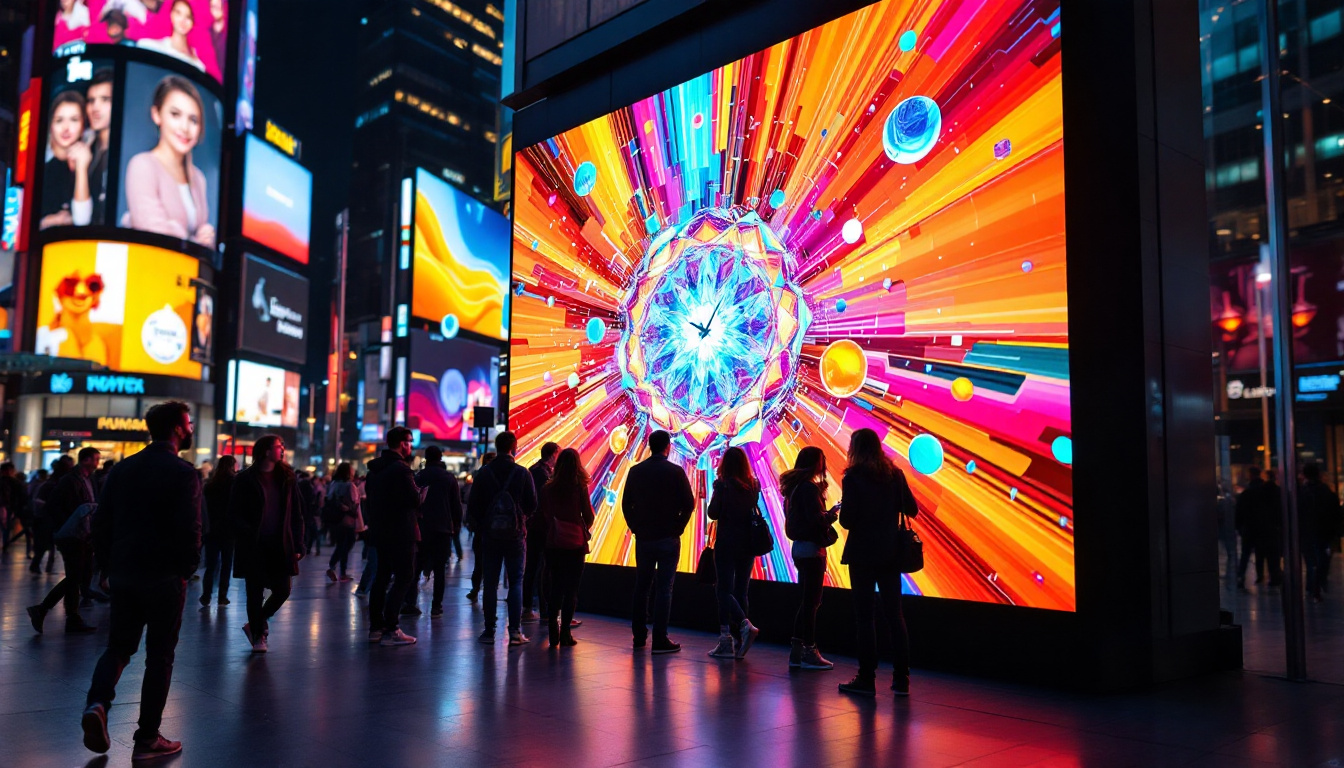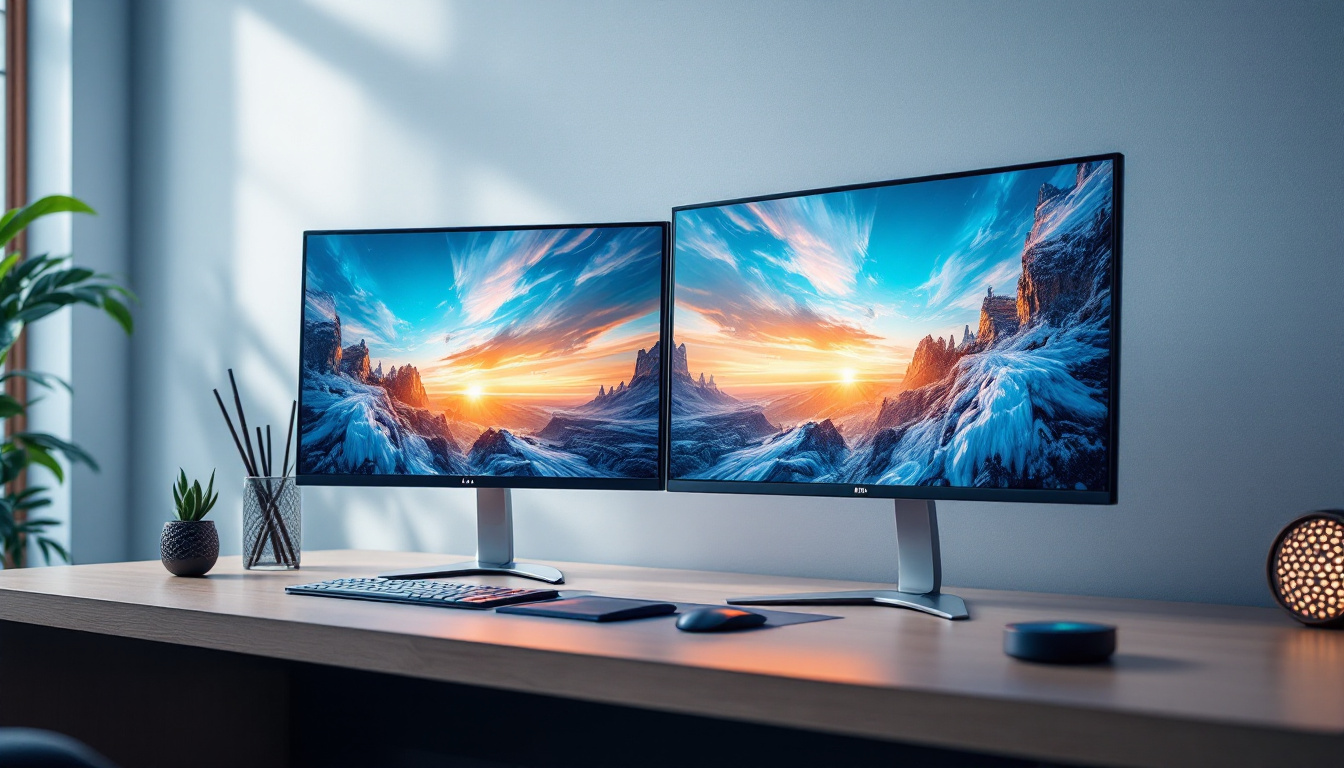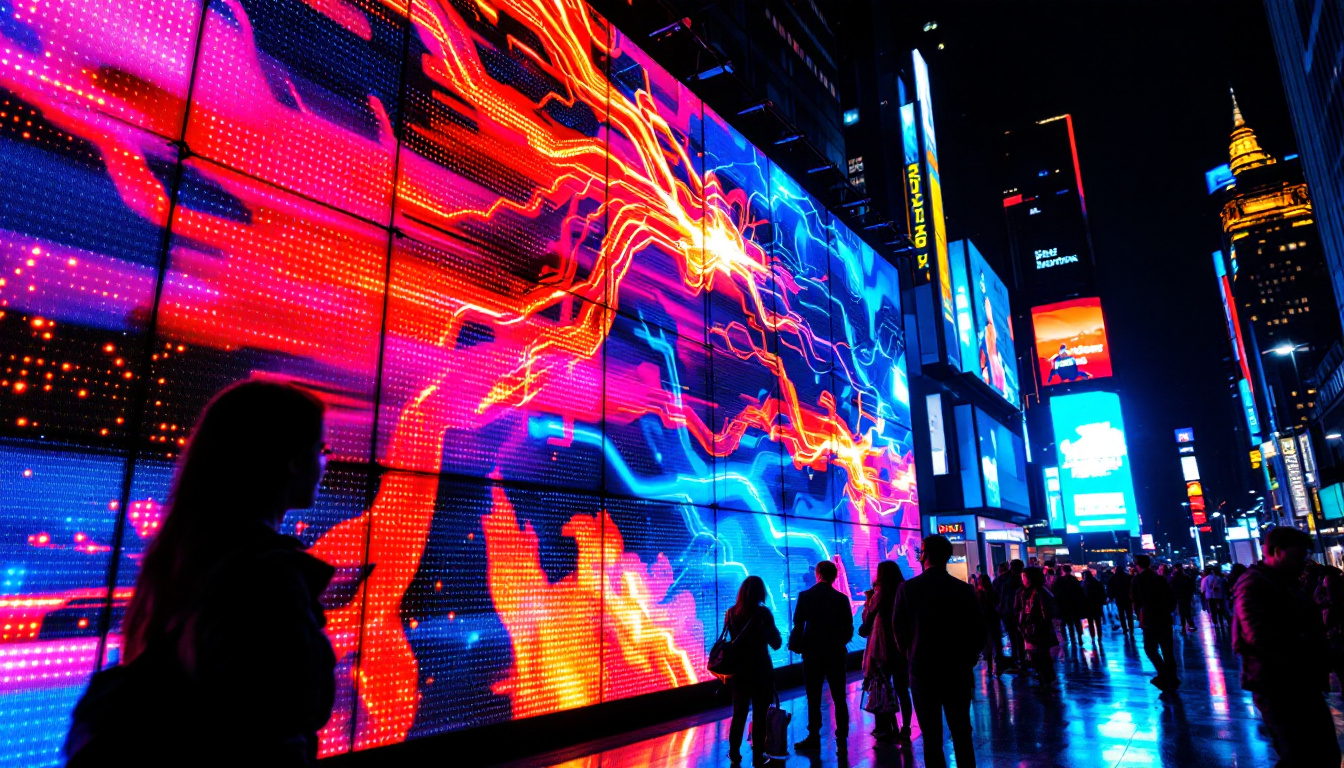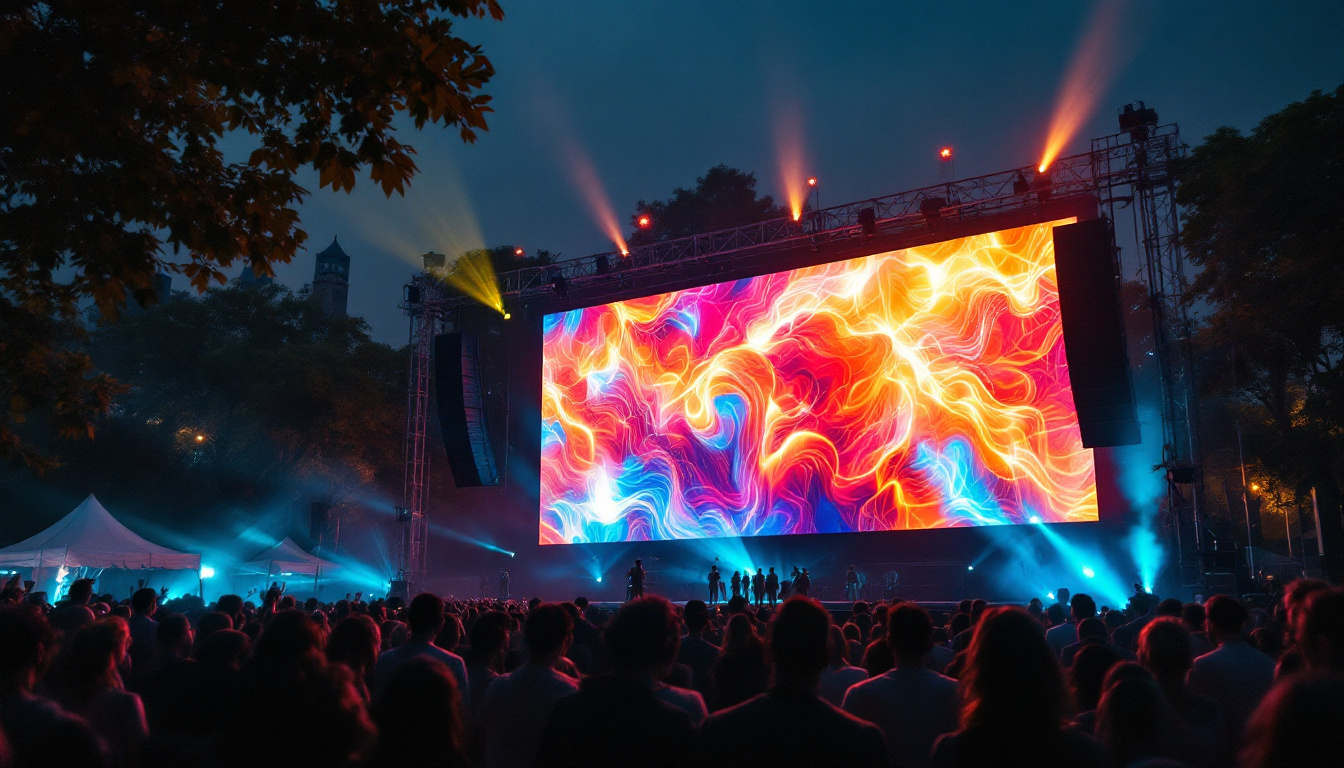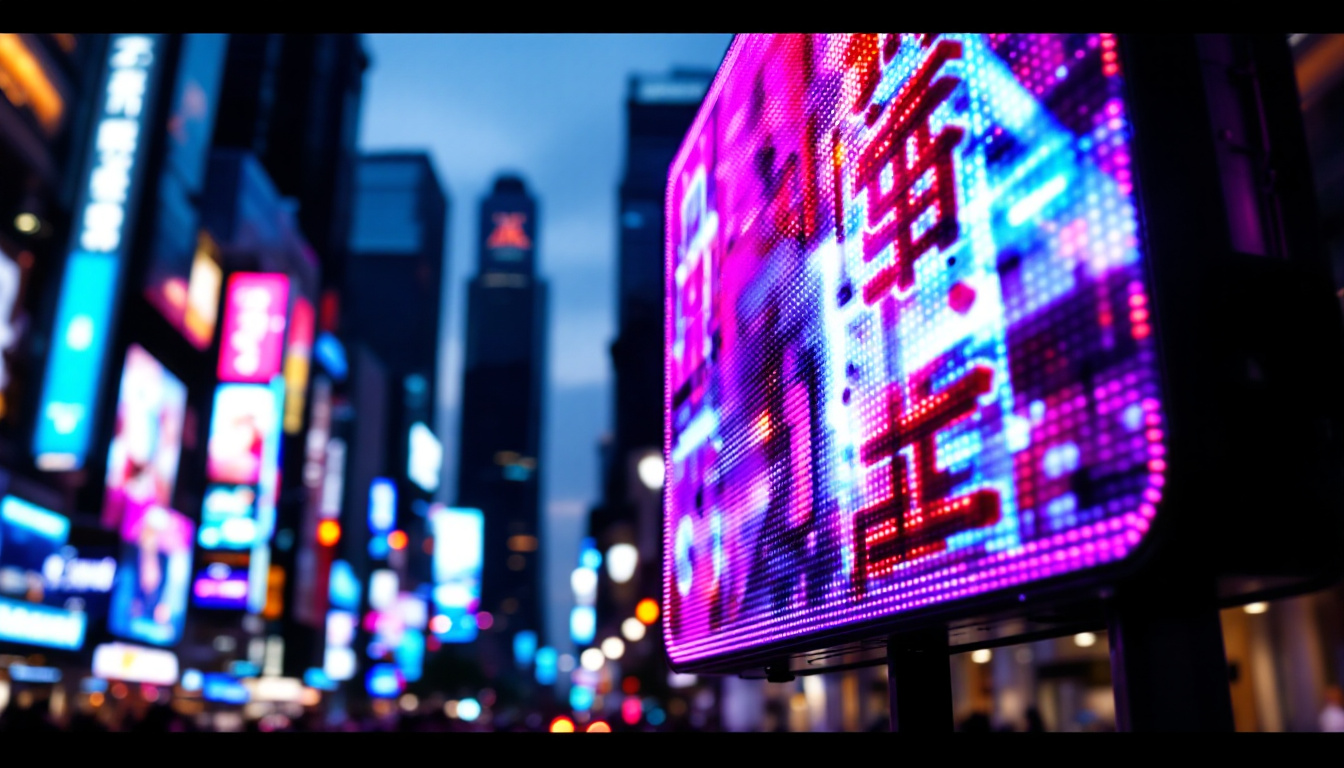In recent years, outdoor rental LED screens have become a cornerstone of modern event production, advertising, and public information systems. Their vibrant displays, durability, and flexibility make them ideal for a wide range of applications, from concerts and sports events to corporate gatherings and public announcements. This article explores the technology behind outdoor rental LED screens, their advantages, types, and key considerations when choosing and using these dynamic displays.
Understanding Outdoor Rental LED Screens
Outdoor rental LED screens are large-format digital displays composed of numerous light-emitting diodes (LEDs) arranged in a grid. These LEDs emit light in various colors, combining to form images, videos, and animations visible even in direct sunlight. Unlike traditional screens, LED displays are modular, allowing for scalable sizes and shapes tailored to specific event requirements. This flexibility makes them suitable for a wide range of applications, from concerts and festivals to corporate events and sporting activities, ensuring that every audience member has a clear view of the content being displayed.
The term “rental” emphasizes the temporary nature of these installations, commonly used for events where permanent screens are impractical or cost-prohibitive. Rental LED screens are designed for easy assembly, disassembly, and transport, making them a popular choice for event organizers and advertisers who need high-impact visuals on demand. Additionally, many rental companies offer a variety of support services, including technical assistance and on-site technicians, to ensure that the display operates smoothly throughout the event, allowing organizers to focus on other aspects of their production.
How LED Technology Works
LEDs are semiconductor devices that emit light when an electric current passes through them. In LED screens, tiny red, green, and blue LEDs combine to produce millions of colors through additive color mixing. Each LED acts as a pixel, and by controlling the brightness of each pixel, the screen can display detailed images and videos. This pixel-level control not only enhances the visual quality but also allows for dynamic content that can be changed in real-time, making it ideal for live events where information needs to be updated frequently.
Outdoor LED screens use high-brightness LEDs, often exceeding 5,000 nits, to ensure visibility in bright daylight conditions. The screens are also designed with weather-resistant materials and sealed enclosures to withstand rain, wind, dust, and temperature fluctuations. Furthermore, many modern outdoor LED screens incorporate advanced technologies such as pixel pitch optimization, which determines the distance between pixels, enhancing image clarity and detail. This is particularly important for large events where viewers may be positioned at varying distances from the screen, ensuring that everyone can enjoy a crisp and vibrant display regardless of their location.
Key Advantages of Outdoor Rental LED Screens
Outdoor rental LED screens offer several advantages that have revolutionized visual communication in public spaces and events. Understanding these benefits helps event planners and marketers make informed decisions about their display solutions.
Superior Visibility and Brightness
One of the primary advantages of LED screens is their exceptional brightness. With luminance levels typically ranging from 5,000 to 10,000 nits, outdoor LED displays remain clear and vivid even under direct sunlight. This contrasts sharply with LCD or projection-based systems, which often struggle with glare and reduced visibility outdoors.
High brightness ensures that messages and visuals capture attention effectively, crucial for advertising campaigns, live event broadcasts, and public safety announcements.
Flexibility and Scalability
Rental LED screens are highly modular. Individual panels or “modules” can be connected to create screens of virtually any size and shape. This flexibility allows event organizers to customize screen dimensions to fit venue constraints and audience size, from small stages to massive stadium displays.
Moreover, the lightweight design of rental LED panels facilitates quick setup and teardown, often within hours. This efficiency reduces labor costs and minimizes downtime between events.
Durability and Weather Resistance
Outdoor LED screens are engineered to withstand harsh environmental conditions. They feature IP65 or higher ratings, indicating protection against dust and water ingress. Robust enclosures and cooling systems prevent overheating and damage from prolonged exposure to sunlight and rain.
This durability ensures consistent performance throughout the event duration, regardless of weather changes, making LED screens a reliable choice for outdoor applications.
High Resolution and Image Quality
Modern outdoor rental LED screens offer pixel pitches ranging from 2.5mm to 10mm or more, depending on viewing distance and budget. Pixel pitch refers to the distance between adjacent pixels; smaller pitches yield higher resolution and sharper images.
For large outdoor events where viewers are typically farther away, a pixel pitch of 6mm to 10mm is common, providing clear visuals without excessive cost. For closer viewing experiences, such as trade shows or exhibitions, finer pixel pitches are preferred.
Types of Outdoor Rental LED Screens
Choosing the right type of LED screen depends on the event’s nature, location, and audience. Rental LED screens come in various forms, each suited to specific applications.
Fixed Installation vs. Rental LED Screens
Fixed installation LED screens are permanently mounted in venues such as stadiums, shopping malls, or transportation hubs. While they offer continuous operation and integration with venue infrastructure, they lack the portability required for temporary events.
Rental LED screens, by contrast, are designed for mobility and rapid deployment. Their modular construction allows them to be transported and assembled at different sites, making them ideal for concerts, festivals, trade shows, and outdoor advertising campaigns.
Front-Access vs. Rear-Access Panels
Outdoor rental LED screens can be categorized based on maintenance access. Front-access panels allow technicians to service the screen from the front, which is beneficial when rear access is limited or unavailable. Rear-access panels require space behind the screen for maintenance but often have simpler construction and lower costs.
For rental applications where quick repairs and minimal disruption are essential, front-access panels are increasingly popular.
Curved and Flexible LED Screens
Innovations in LED technology have introduced curved and flexible panels that can create immersive visual experiences. These screens can wrap around structures or form unique shapes, enhancing stage design and advertising impact.
While more specialized and often more expensive, curved LED screens are gaining traction in high-profile events and brand activations.
Important Considerations When Renting Outdoor LED Screens
To maximize the effectiveness of an outdoor rental LED screen, several factors must be evaluated before selection and installation.
Pixel Pitch and Viewing Distance
Choosing the correct pixel pitch is critical for ensuring image clarity. A general rule of thumb is that the optimal viewing distance (in meters) is approximately 1,000 times the pixel pitch (in millimeters). For example, a 6mm pixel pitch screen is best viewed from about 6 meters or more.
Using a pixel pitch too fine for the viewing distance can unnecessarily increase costs, while too coarse a pitch can result in pixelated images and poor audience engagement.
Brightness and Contrast Ratio
Brightness must be sufficient to overcome ambient light, especially for daytime outdoor events. A minimum of 5,000 nits is recommended for most outdoor applications, with higher brightness needed in extremely sunny environments.
Contrast ratio, the difference between the darkest black and brightest white, affects image depth and readability. High contrast ratios improve legibility and overall visual quality.
Weatherproofing and Durability
Ensure the rental LED screen has an appropriate IP rating to withstand the expected weather conditions. For outdoor use, IP65 or higher is standard, providing protection against dust and water jets.
Additionally, confirm that the screen’s structural components and mounting systems are robust enough to handle wind loads and other environmental stresses.
Content Management and Connectivity
Modern LED screens support a variety of input sources, including HDMI, SDI, DVI, and wireless streaming. Rental providers often supply content management software that enables real-time control, scheduling, and content updates.
Reliable connectivity and user-friendly control systems are essential for seamless event execution and dynamic content presentation.
Power Consumption and Backup
Outdoor LED screens consume significant power, especially at high brightness levels. It is crucial to plan for adequate power supply and consider backup systems to prevent interruptions during critical moments.
Energy-efficient LED modules and power management features can help reduce operational costs.
Applications of Outdoor Rental LED Screens
The versatility of outdoor rental LED screens has led to their adoption across diverse sectors and event types.
Live Events and Concerts
Concerts and festivals rely heavily on large LED screens to provide close-up views of performers, display visual effects, and share information with large audiences. Rental LED screens enable organizers to tailor screen size and placement to venue layouts, enhancing audience engagement.
Sports Events and Stadium Displays
Sports venues use LED screens for live action replays, scoreboards, and advertising. Rental screens are often deployed for temporary events or to supplement existing infrastructure during tournaments and championships.
Advertising and Marketing Campaigns
Outdoor LED screens offer dynamic advertising opportunities in high-traffic public spaces. Brands use rental LED displays for product launches, pop-up promotions, and experiential marketing to capture consumer attention with vivid, animated content.
Public Information and Emergency Communication
Government agencies and municipalities utilize outdoor LED screens for public announcements, traffic updates, and emergency alerts. Rental screens provide a flexible solution for temporary installations during festivals, parades, or disaster response scenarios.
Future Trends in Outdoor Rental LED Screens
The LED display industry continues to evolve rapidly, driven by technological advancements and changing user demands.
Higher Resolution and Mini-LED Technology
Emerging mini-LED and micro-LED technologies promise even higher resolutions and improved energy efficiency. These developments will enable rental LED screens to deliver sharper images with lower power consumption, enhancing visual quality and sustainability.
Integration with Augmented Reality (AR) and Interactive Features
Future outdoor LED screens are expected to incorporate interactive elements and AR capabilities, allowing audiences to engage with content in novel ways. Touch-sensitive panels, gesture recognition, and real-time data integration will transform passive viewing into immersive experiences.
Enhanced Portability and Setup Automation
Innovations in lightweight materials and automated assembly systems will reduce setup times and labor costs further. Modular designs with magnetic connections and self-calibrating software will simplify deployment, making rental LED screens more accessible to a broader range of users.
Conclusion
Outdoor rental LED screens represent a powerful tool for delivering high-impact visual content in a variety of settings. Their brightness, flexibility, and durability make them indispensable for event organizers, advertisers, and public agencies seeking to communicate effectively with large audiences.
By understanding the technology, benefits, and key considerations outlined in this article, stakeholders can select the right LED display solutions to meet their specific needs and create memorable, engaging experiences.
Discover LumenMatrix’s Advanced LED Display Solutions
Ready to elevate your next event with unparalleled visual impact? Look no further than LumenMatrix, a pioneer in LED display technology. Our extensive range of solutions, from Indoor and Outdoor LED Wall Displays to innovative LED Sports and Floor Displays, is designed to captivate your audience and amplify your message. Embrace the future of visual communication with LumenMatrix’s Custom, All-in-One, and Transparent LED Displays. Check out LumenMatrix LED Display Solutions today and transform your event into an unforgettable experience.

